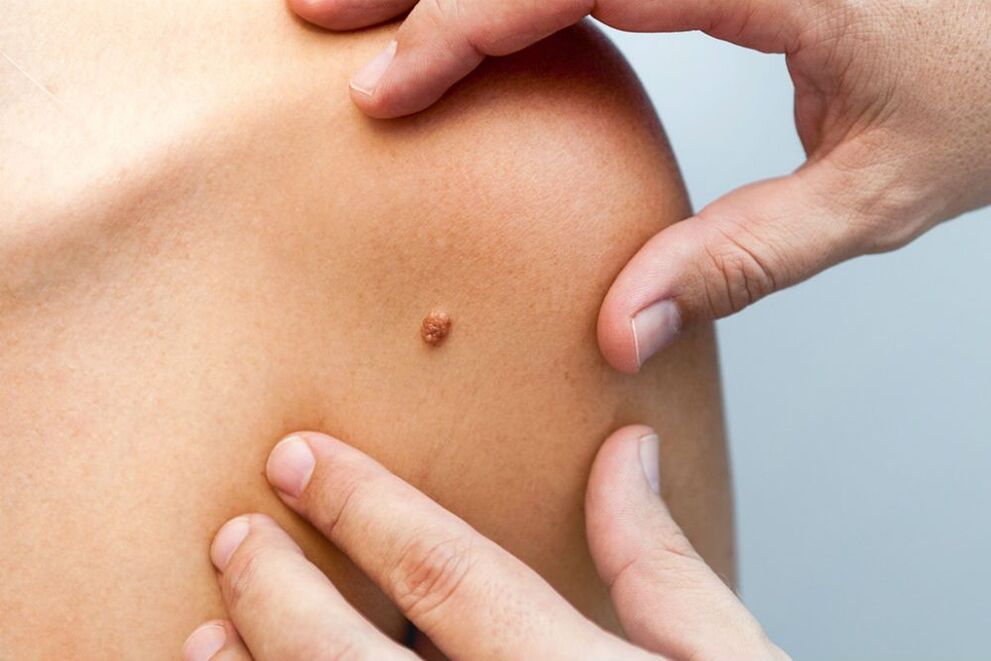
Causes of HPV
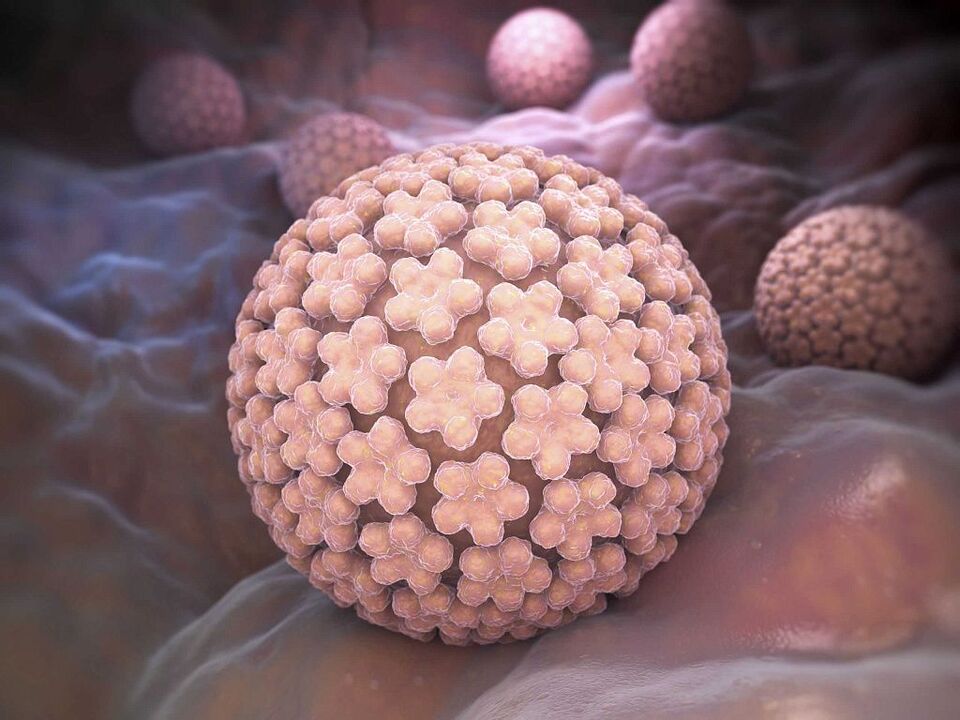
- Refuse to use barrier contraception. Only male or female condoms and special latex wipes can prevent infection.
- Change sexual partners frequently. If you don’t take your safety seriously enough, your risk of infection increases significantly.
- Initiate sex early. Sexual relationships during adolescence often lead to HPV infection due to an irresponsible attitude toward preventing the spread of the pathogen.
- Failure to observe hygiene rules. Insufficient self-care can lead to the growth of pathogenic microbiota on the skin and mucous membranes, which negatively affects susceptibility to viruses.
- bad habits. The body's immune defenses are significantly affected by addiction: alcohol abuse, smoking, and the use of psychoactive substances.
- decrease in immunity. The reasons for this can be vitamin and mineral deficiencies, pre-existing illnesses, and psycho-emotional overload.
- Long-term medication. The effect of long-term use of hormone drugs is particularly obvious.
- trauma. Mucosal and skin lesions become "gateways" to infection.
- Chronic stress. They also affect the patient's immune system and hormonal background.
- Gynecological intervention. Risk factors for HPV include spontaneous miscarriage or abortion.
- Pregnant. Usually the disease first appears during pregnancy. Pregnancy increases stress on the body, which increases susceptibility to pathogenic flora.
symptom
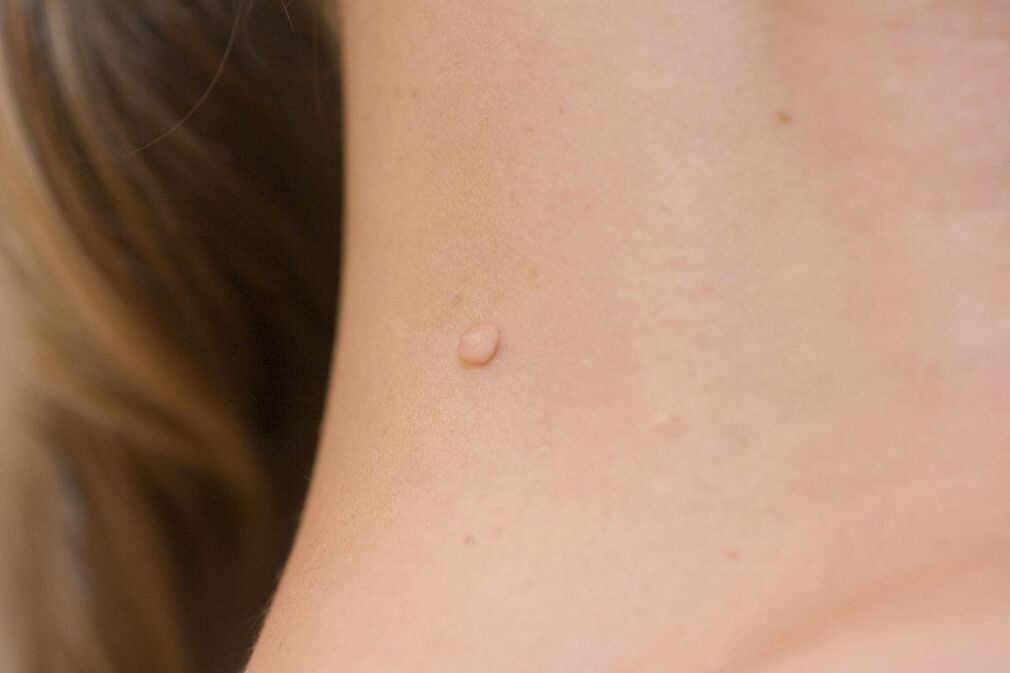
- Papules. These are single or multiple structures that protrude from the skin or resemble spots. They appear on the skin and mucous membranes of the genitourinary area.
- Itchy skin. Patients often complain of itching in the genital area or other areas of the skin.
- feeling abnormal. This is a sensitivity disorder in the affected area. Often the opposite manifestation occurs - dyspareunia. In this case, any contact will cause pain.
- Urinary dysfunction. Burning, itching, and pain when emptying the bladder. If the urethra is affected, urinating may be very difficult.
- crack. Bleeding cracks appear in the skin and mucous membranes, causing severe pain.
- Genital warts. This is a height above the surface of the skin that is characterized by an elongated, finger-like shape. Localized in the genital area. They differ by a specific pattern: variegated or ringed.
- Papular warts. Occurs in the keratinized areas of the genitals. Can be flat or regular.
- Stains. The nature of spots varies. Available in bright red, brown with red undertones, pink, and white with gray.
- Bowen disease. These papules or spots are characterized by a shiny or soft surface. Color varies from red to almost black.
- Giant genital warts. It was a small formation that gradually grew in size and merged into one.
- Respiratory papillomatosis. In this case, these structures are localized to the mouth, respiratory tract, and lungs.
transmission route
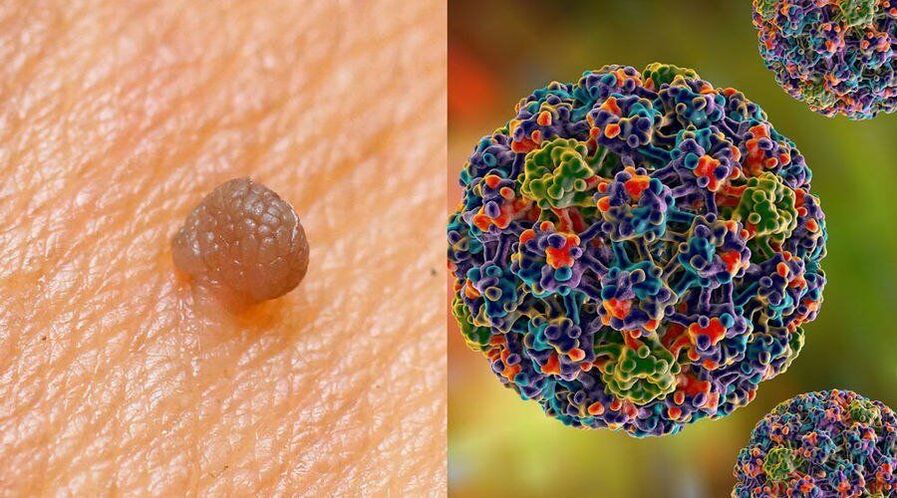
- Sexually transmitted. The main route of infection is sexual contact. When condoms are used, the risk is reduced to 10%. However, pathogens can also penetrate during other intimate procedures, such as during kissing.
- From mother to baby. Newborns can become infected with HPV from their mothers as they pass through the reproductive tract. Typical results of this condition are laryngeal papillomas and anogenital warts.
- Contact details and family paths. The virus is also spread through ordinary household contact. Most often this happens in public areas. The risk of infection is particularly high in bathrooms, saunas, gyms and swimming pools. Public restroom.
- Autoinfection. This is the transfer of viruses from affected areas to healthy areas, and occurs during shaving and hair removal.
onset
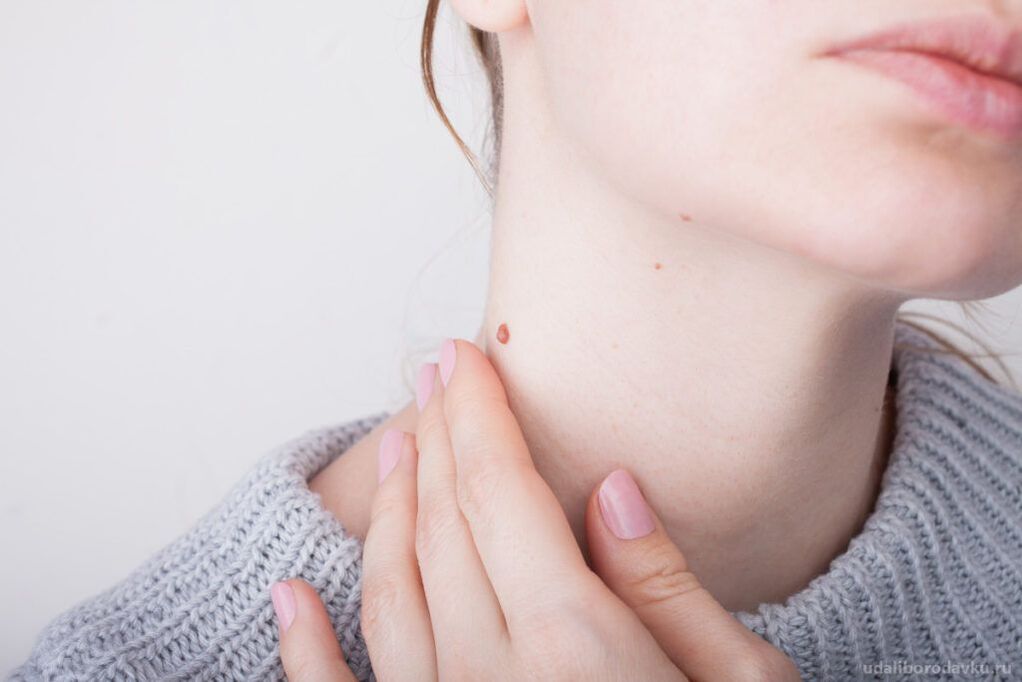
- Infect. The source of the viral agent can be another person or a commonly used object. Microtrauma (wounds, cuts, cracks, acne) on the skin and mucous membranes significantly increases the risk of transmission.
- incubation period. Lesions caused by HPV invasion into the body are often latent. There is no exact length of the incubation period for this disease. This stage takes 1-3 months or reaches 2-3 years.
- Chronic presence The disease continues to progress despite the absence of clinical manifestations. One person becomes a source of viruses for others.
- Visual manifestations on the skin. The result of infection is the development of benign or malignant structures at the site of viral entry.
Classification
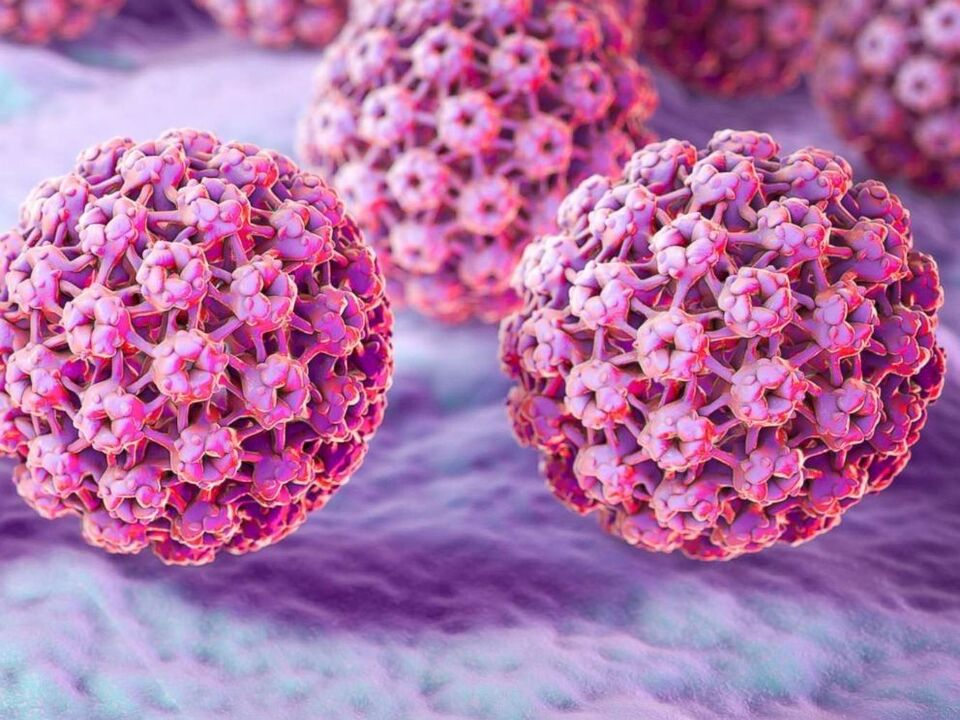
- skin. This type of human papillomavirus forms on the skin of an infected person.
- Anogenital. In this case, papillomas appear mainly in the mucous membranes of the reproductive organs and the anal area.
- HPV types that cannot cause malignancy. These include strains 1-5, 10, 28, and 49.
- Types of pathogens with reduced carcinogenic activity. They can cause cancer, but in rare cases. Such strains include 6. 7, 32, 40-44, etc.
- It is characterized by moderate carcinogenicity. The rate of degeneration of affected cells into cancer cells is quite high. This group includes strains 52-58, 30, 26, etc.
- Dangerous forms of human papillomavirus. It is these strains that primarily trigger the formation of malignant tumors. This includes 16, 18, 64, 73, etc.
Diagnosis of human papillomavirus

- Simple colposcopy. Papillomas, warts, and spots can also be discovered during routine visual examination. Colposcopy involves the use of a special binocular device to examine the vaginal opening. The examination may be accompanied by the collection of biological material for research.
- Extended colposcopy. During the inspection, additional tests are used. Testing with 3% acetic acid is indicative, causing narrowing of unchanged blood vessels. Additionally, an epinephrine test and a Chrobak test may be recommended (if cancer is suspected).
- Cytological examination. To perform a diagnostic procedure, you will need material from epithelial or skin cells. The sample is used to determine the DNA of the virus and rule out cancerous tumors. Typically, cytology detects only the most oncogenic virus types.
complication
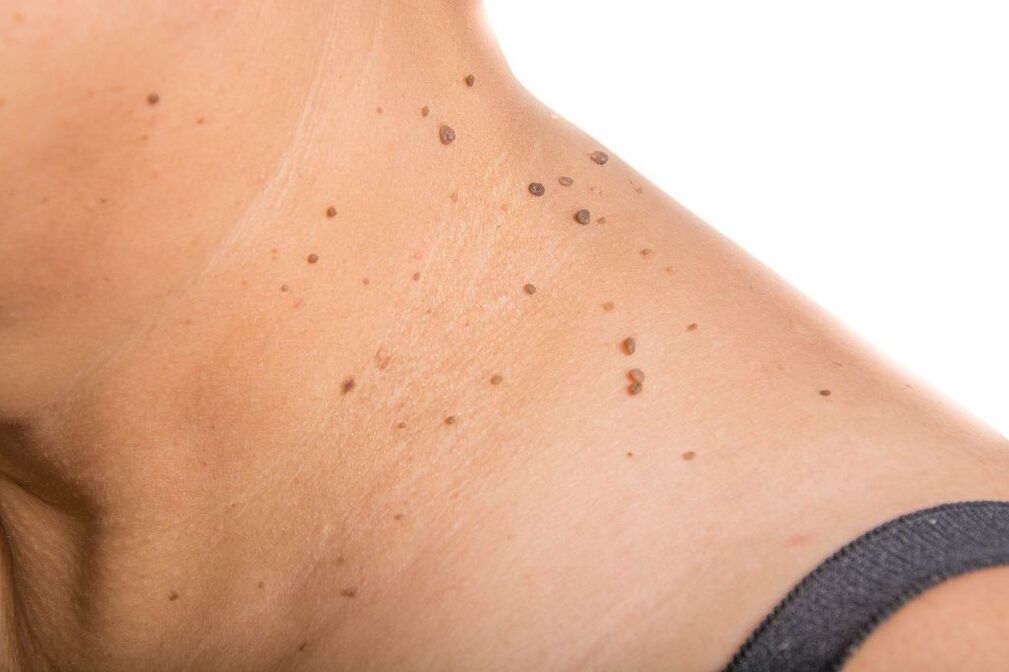
- Anal cancer. Eighty percent of detected cases of this malignancy are associated with HPV infection. In addition, negative factors that influence the development of anal cancer include anal sex, smoking, and genetic predisposition. The disease may not manifest itself for a long time. Typical symptoms of the disease are rectal bleeding, itching, and a foreign body sensation.
- Vaginal cancer. Seventy percent of patients with this diagnosis have human papillomavirus. This condition usually occurs in women over the age of 40. Female representatives over the age of 70 are more likely to develop pathologies. In the first stage, symptoms may be confused with menstruation. Additionally, pain in the pelvic area, constipation, and vaginal tightness can occur.
- Cancers of the Mouth and Pharynx. One-third of diagnoses are the result of HPV infection. The patient complained of pain when swallowing and eating food. In a calm state, there is a feeling of a foreign body in the throat. In later stages, general weakness, nausea, and decreased performance occur.
- Penile cancer. Fifty percent of cases are caused by viruses. It is a rare malignant tumor involving neoplastic processes located in the male reproductive organs. This pathology is typical in men over 60 years of age.
HPV treatment
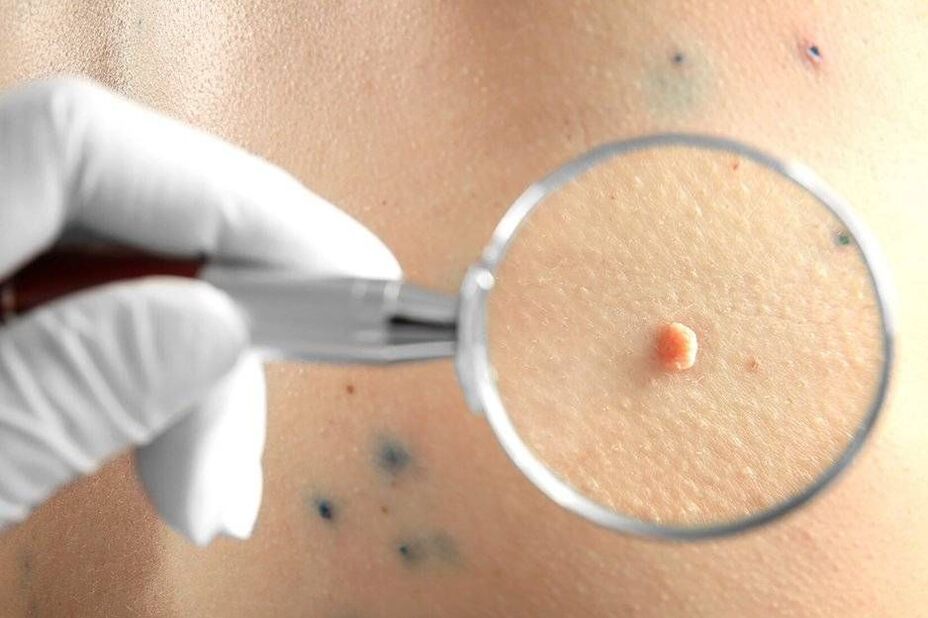
- Infection warning. Unfortunately, even regular use of birth control and good hygiene cannot protect a person from infection. Of course, this greatly reduces the chances. However, most cases of pathogen transmission occur in adolescence, at 15-16 years of age. By the age of 25, the first symptoms have appeared. In order to obtain obvious results, prevention must be carried out from an early age.
- Treats diseases caused by the human papillomavirus. If the strain leads to malignant or benign formation, treatment will need to be directed at the established pathology. Papillomas are removed in a cosmetic or medical clinic. Cancerous tumors require complex multi-stage treatments depending on the stage.
forecast
- There is a virus, but it has not yet changed the structure of the cell. In this case, the patient will be classified into a risk group. If the carcinogenic type is found, regular monitoring by a gynecologist or urologist is required. Additionally, you should get tested regularly.
- Changes in CIN-1 cells were detected early. In most cases, this condition also does not require medical intervention. Typically, follow-up exams are performed annually to ensure the pathology is not progressing.
- Significant changes in CIN-1 were recorded. To rule out dangerous conditions, a biopsy is required. The study will determine whether the formation is neoplastic in nature.
prevention

- Seek medical attention promptly. It is recommended that women visit their gynecologist 1-2 times a year. Men should follow a similar schedule to see their urologist. If you have risk factors (frequent changes of sexual partners, refusal of birth control), you should see your doctor more often.
- Minimize visits to public places - swimming pools, saunas, bathrooms. If this is not possible, it is important to use your own towel, not to take someone else's razor, and not to sit naked on the surface.
- Use birth control. Only barrier methods are effective. Using oral contraceptives does not affect the strain.
- Say no to bad habits. Quitting smoking and drinking moderate amounts of alcohol can have modest effects on physical condition.
- Increase the body's immune defense capabilities. Proper nutrition, regular physical activity, consistent daily routine, and exercise all have beneficial effects.
- Avoid stress. Psycho-emotional overload can have a negative impact on the immune system, so it is best to exclude them.
- Patients aged 21 to 30 need a PAP test (preferably with liquid cytology) at least every five years;
- People aged 30 to 65 years need to undergo an HPV Pap test every three years, with mandatory PCR for the cancer-causing form (16, 18).
HPV in pregnant women

- Recurrent juvenile laryngeal papillomatosis. Four strains of HPV cause similar conditions. Often the pathology is the result of anogenital warts or genital HPV.
- The risk of cancer increases in adulthood. Infection with the virus at such a young age can significantly affect future susceptibility to cancer.


















